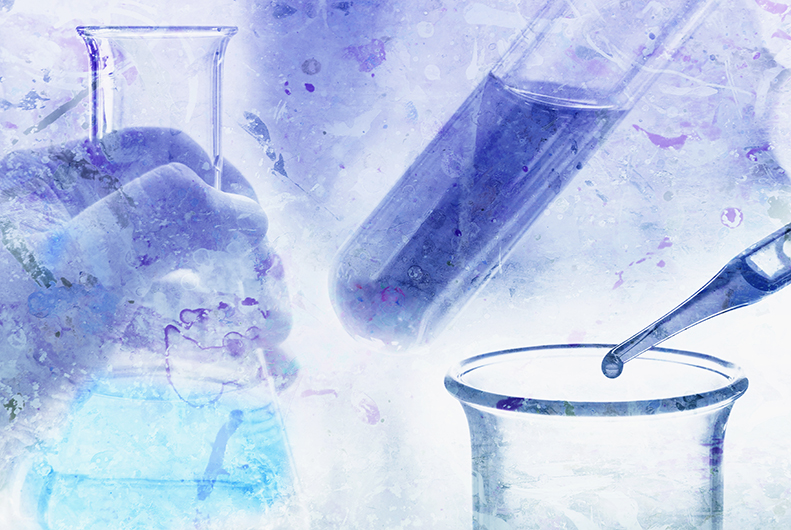More news
- Focus on the global coatings market: Global coatings market outlook
- View from the UK: Navigating chemical policy and sustainability
- Focus on adhesives: Unveiling unbreakable bonds – Testing redefines physical strengt...
- Focus on adhesives: Henkel and Covestro collaborate for sustainability of engineered wood ...
- Advances in construction chemical technology: What’s new in 2024?

Gerdau Graphene presents a series of case studies demonstrating the improved durability of floor and wall latex paints when graphene is incorporated into the formula
Graphene exhibits unique electrical, mechanical and thermal properties that can significantly improve various technical applications, including the paint and coating industry. Although graphene’s use as a corrosion inhibitor in industrial coatings is well-documented, its application in architectural and decorative coatings, especially waterborne latex resin coatings, is still limited.
Recent Lab research conducted by Gerdau Graphene has shown promising results in terms of viscoelastic properties and moisture resistance. Graphene-latex films exhibited lower water vapour transmission rates, higher surface hydrophobicity, reduced porosity and modified mechanical properties to resist better against abrasion stresses. These characteristics are crucial for improving the longevity and performance of latex paints. For thoses reasons, two field tests were planned to confirm theses first lab observations.
Background: Graphene waterborne dispersion
Gerdau Graphene produces waterborne graphene dispersions for compatibility with latex paints. Graphene dispersions produced by Gerdau Graphene were found to be highly stable and effective when integrated into waterborne latex paints. These dispersions typically have a high solids content (10 wt.%) and demonstrate excellent long-term stability. Characterisation involved Scanning Electron Microscopy (SEM) and Raman spectroscopy to analyse crystalline defects and interlayer numbers. The SEM images showed deagglomerated graphene sheets with a lateral size around 4µm, indicating a well-dispersed state (Figure 1). Raman spectroscopy further confirmed the quality of the graphene, highlighting its low defect levels and high crystallinity (Figure 2). If the number of intercoupled graphene layer number is below 10, this material can be considered as genuine few-layer graphene (Figure 3).
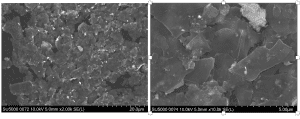
Figure 1 – SEM images of waterborne graphene dispersion

Figure 2 – Raman median spectrum of waterborne graphene dispersion

Figure 3 – Intercoupled layer number distribution
Experiments
Experiment 1: Floor latex paint in Pindamonhangaba, Brazil (2022)
Paint preparation: A generic commercial formulation of floor latex matt paint was used, meeting Brazilian standards. The paint was produced on a pilot scale (1000 litres), with and without 0.05 wt. % graphene. After preparation, the paints were stored at room temperature for characterisation and performance tests, including pH, viscosity, stability at 60ºC, field tests, and abrasion resistance.
Field Test: Two bike lanes were painted at Gerdau Pindamonhangaba as depicted in Figure 4. In both locations, asphalt surfaces were thoroughly cleaned with a high-pressure water gun before application. It is essential to emphasise that both locations were free from any previous coating. After drying, two or three coats of latex paint were applied using a paint roller. The latex paint was initially diluted with an additional 30% of water for the application of the first coat and with only 10% for the subsequent coats. Only one coat per day was applied, allowing the paint to cure overnight. The applications conditions for each location are detailed in Table 1. A monthly visual inspection was conducted to assess the wear rate of each paint application.
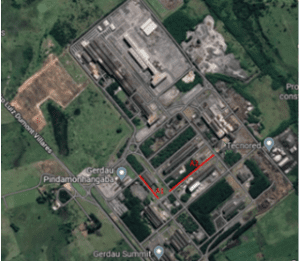
Figure 4 – Paint application location in Gerdau Pindamonhangaba plant
Table 1 – Paint application location characteristics
| Area name | Application start date | Final date | Substrate | Coat number | Graphene |
| A1 | 18/03/2022 | 27/09/2022 | Asphalt | 2 | 0.05% |
| A2 | 14/04/2022 | 27/09/2022 | Asphalt | 3 | No |
Results: The floor latex paint produced with graphene was tested both in the lab and in the field. Lab tests showed no significant differences in abrasion resistance when compared to paint without graphene, as shown in Figure 5. However, field tests at the Gerdau Pindamonhangaba plant revealed that the graphene-enhanced paint exhibited better durability under real-world conditions, particularly during the rainy season. The paint with graphene maintained a more uniform colouration and exhibited less wear compared to the non-graphene paint, suggesting that graphene may help reduce paint consumption and improve durability, as illustrated in Figure 6.
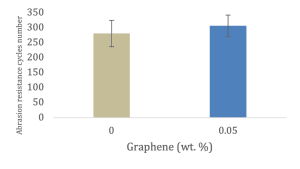
Figure 5 – Comparison between reference and graphene paint as measured by the ABNT NBR 14940 standard
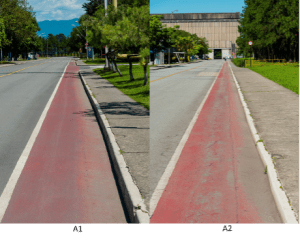
Figure 6 – Seven months ageing (A1 – 0,05% Graphene) versus six months ageing (A2 – Reference)
Experiment 2: Floor latex paint in Mogi das Cruzes, Brazil (2023)
Paint preparation: An industrial-scale production of 5000 litres of floor latex paint, formulated with and without 0.05 wt. % graphene. The same raw materials were used, except for necessary pigment adjustments to avoid colour discrepancies.
Field Test: In the Mogi das Cruzes field tests, the paint was applied to create bike lanes. Concrete surfaces were thoroughly cleaned with a high-pressure water gun before application. It is essential to emphasise that the location was free from any previous coating. After drying, three coats of latex paint were applied using a paint roller. The latex paint was initially diluted with an additional 30% of water for the application of the first coat and with only 10% for the subsequent coats. Only one coat per day was applied, allowing the paint to cure overnight. Paint with graphene and reference paint without graphene were applied alternatively every 1- to 2-metre-long interval, as shown in Figure 7, in order to make sure external aggressive conditions will affect in the same way the evolution of both types of paint. A monthly visual inspection was conducted to assess the wear rate of each paint application.
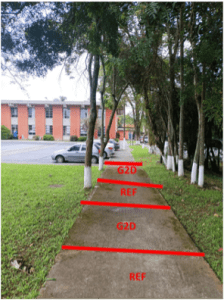
Figure 7 – Paint application location in Gerdau Mogi das Cruzes plant. REF: reference paint without graphene | G2D: paint with 0.05% graphene
Results: Different areas showed varying levels of wear, influenced by environmental conditions such as humidity and mechanical stress. In high humidity areas, both graphene and non-graphene paints showed similar wear levels, likely due to adhesion issues. In protected areas, wear was minimal for both types. However, in areas exposed to moderate stress, graphene-enhanced paint demonstrated significantly better performance, retaining its colour and showing less wear over time.Differences in wear between both conditions (with/without graphene) started to be significantly noticeable after approximately 200 days exposure and it accelerated during the rainy season (September-March), as illustrated in Figure 8. The positive impact of graphene in terms of durability is easily noticeable.
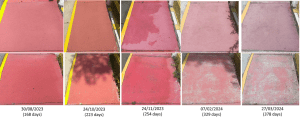
Figure 8 – Chronological evolution of typical in both areas with 0.05% graphene (up) & no graphene (bottom)
Experiment 3: High PVC wall paint with Graphene incorporation
Preparation of the paint: A standard commercial formulation of high PVC latex matte paint was provided. The paint was produced on a small scale (1 litre) with and without 0.01% graphene. Performance testing focused on abrasion resistance according to ABNT NBR 15078.
Results: Graphene at 0.01% improved abrasion resistance significantly, suggesting it could replace wash promoters like sodium silicate without affecting pH, as shown in Figure 9.

Figure 9 – Comparison between reference and graphene paint as measured by the ABNT NBR 15078 standard
Conclusions
Graphene has shown promise as a performance-enhancing additive for latex paints, particularly in improving durability and resistance to wear (without abrasive paste). Future projects (NanoDUR generation 2) will focus on developing graphene-based additives that enhance both durability and abrasion resistance with abrasive paste involving new technologies such as covalent graphene functionalisation.
For more information: https://www.gerdaugraphene.com/en/







